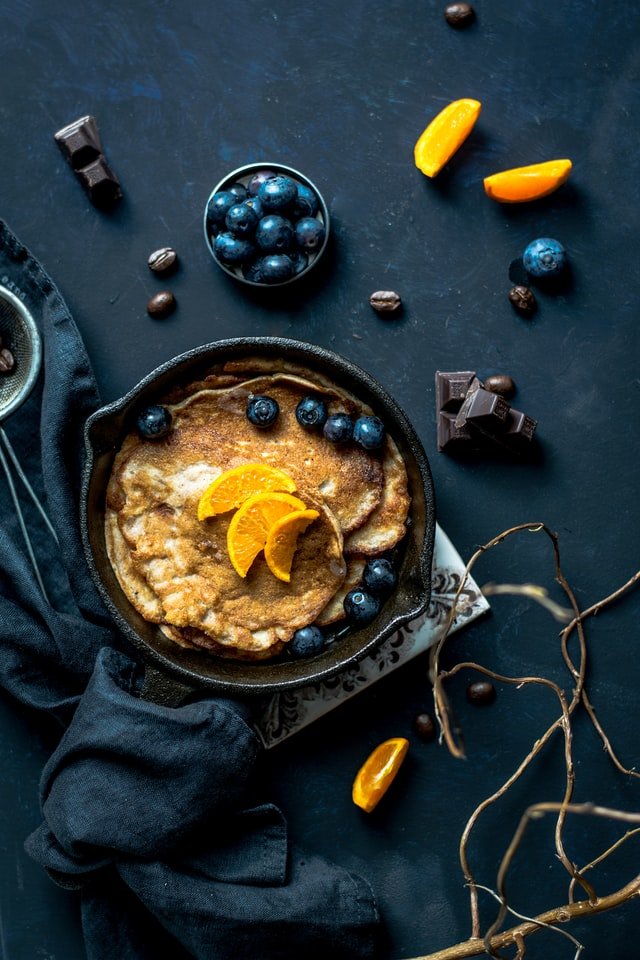Cloves are not only used to spice up foods but they are also used to make perfumes, soaps, and toothpaste. Cloves have been around for centuries and have had many different uses throughout the centuries. Early in human history cloves were used in embalming and as a spice. They have been found in tombs of Egyptian pharaohs dating back to 3000 BC.
Toward the end of the 8th century cloves were being imported into Europe from Southeast Asia. It is believed that cloves were first brought to Europe by Arab merchants during the Crusades.
Cloves became very popular starting around the 14th century. Many people believe this was due to an increase in trade with Asia as well as the fact that they were easy to preserve which allowed them to be traded long distances and still keep their flavor.
Other interesting facts about cloves are that they are still used today in some religious ceremonies, especially of the Catholic church. In addition, the Chinese word for clove is “da jiao” which translates as “big nail”. This is because before clove was introduced into China it was thought that cloves were actual pieces of metal nails.*
Cloves are the dried flower buds of an evergreen tree native to Indonesia. They’re a popular flavoring in the cuisines of India, Southeast Asia, and China, but the spice originated in Indonesia.
The story of cloves begins with the clove tree itself, which is indigenous to the Moluccas or Spice Islands, now known as Maluku province in Indonesia. It was likely brought to Europe by Portuguese traders sometime before the 16th century.
Cloves were widely used in cooking during medieval times and were particularly popular with meats. Many recipes from this period call for cloves as a spice. Cloves have also been used throughout history as a medicine because they contain eugenol, a powerful antiseptic with analgesic properties. Cloves have also been used as a spice in many cultures around the world and may have helped spread some of these cultures across continents through trade routes.* In fact, cloves are one of the earliest known spices traded by Europeans in their explorations and colonization efforts around the world.*
In modern times, cloves are used primarily as a flavoring agent. Cloves are most commonly used to flavor meats and curries or in sweetbreads, sweets and mulled wine.* They’re also popularly used in
Cloves have a long history that is full of interesting facts. Cloves are a spice that grows on trees and originates in Indonesia, according to the article “The History of Cloves” by Sara Pitzer.
Cloves were discovered by Portuguese explorers in the early 15th century. They were introduced to Europe in the mid-1500s. However, it was not until about 300 years later that cloves were used as a commercial product, according to the article, “Clove: A Natural History” by John W. S. Taylor.
Cloves became extremely popular during the colonial period of America and Europe due to their medicinal uses, according to the book “Cloves: The Story of The Spice That Vanished” by Carol Ann Lee.
Cloves are still extremely popular today, being used both for their flavor and medicinal purposes.*
Cloves are a spice that is enjoyed all over the world today, but they have a long history. Cloves are the dried flower buds of an evergreen tree that is native to the Maluku Islands in Indonesia. Clove trees were grown in India as early as 2000 B.C., and they became widespread throughout Asia by 900 A.D. The Portuguese discovered cloves when they first began trading with India and brought them back to Europe.
The name “clove” comes from the Latin word clavus, which means “nail.” Cloves have been used throughout history as both a spice and a preservative. Early uses of cloves included medicinal purposes such as toothache relief and disease prevention, but they were also used for flavoring food and drinks. The Dutch eventually began growing clove trees on their colony at the Cape of Good Hope in South Africa, which became the leading producer of cloves for nearly 300 years. Today, most cloves come from Zanzibar, Madagascar and Tanzania where it is also widely cultivated.
While cloves are now most commonly associated with sweet dishes like baked goods and desserts, they have also been used in savory recipes like stews and meat dishes since ancient times.


